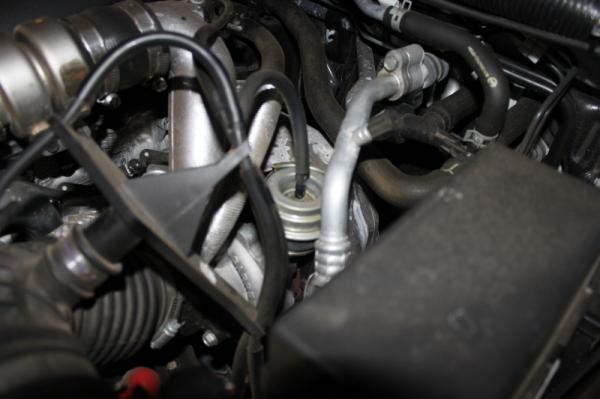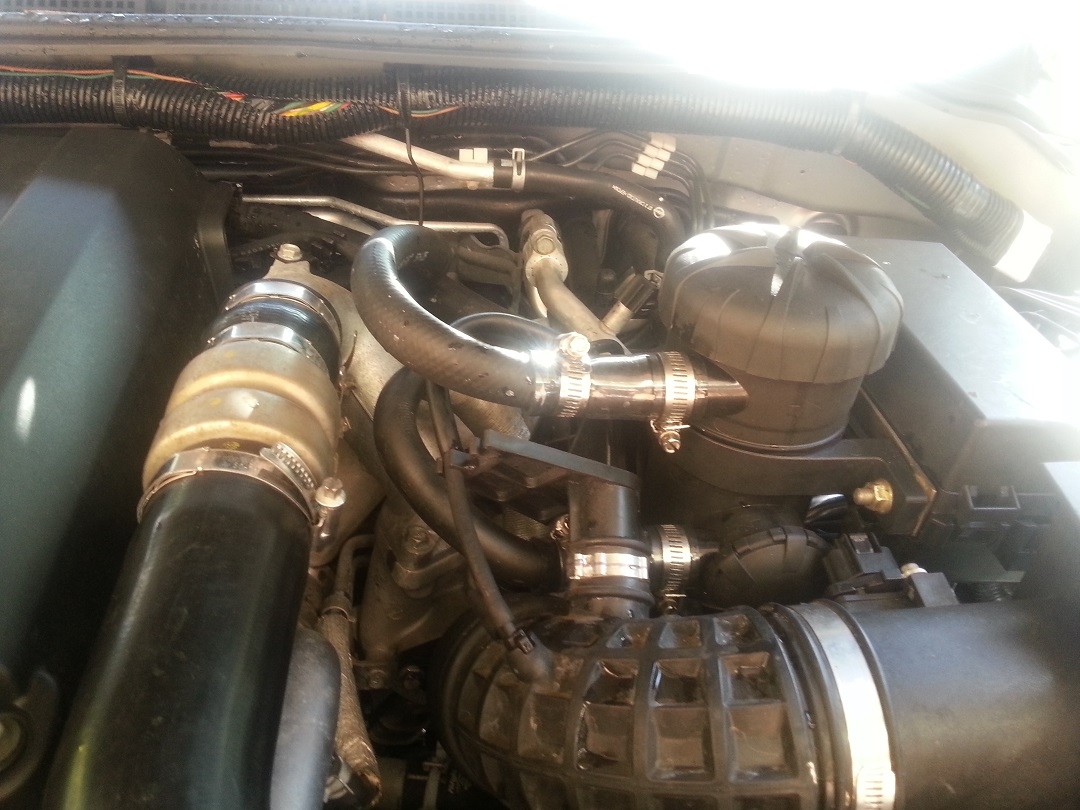Hi all,
Went 4x4ing just locally the other day in my 2007 2.5L diesel spain built, and half way through I suddenly lost power, could not get enough speed to get out of first gear. I got off the track and called a mate who came to lend a hand. we found that when the turbo is meant to kick in at 2000rpm the pipe from the turbo to the intercooler was sucking flat, which should normally be under pressure. Also some oil was coming from the bottom of this pipe near the intercooler however I believe this is normal. I turned the car off and fiddled around for a while, then once I restarted the car it was good as gold, the car ran perfect? I've done around 300km since then and haven't had the same problem yet, could the turbo had seized for some reason and just unseized itself? Any reply's will be appreciated
Went 4x4ing just locally the other day in my 2007 2.5L diesel spain built, and half way through I suddenly lost power, could not get enough speed to get out of first gear. I got off the track and called a mate who came to lend a hand. we found that when the turbo is meant to kick in at 2000rpm the pipe from the turbo to the intercooler was sucking flat, which should normally be under pressure. Also some oil was coming from the bottom of this pipe near the intercooler however I believe this is normal. I turned the car off and fiddled around for a while, then once I restarted the car it was good as gold, the car ran perfect? I've done around 300km since then and haven't had the same problem yet, could the turbo had seized for some reason and just unseized itself? Any reply's will be appreciated






